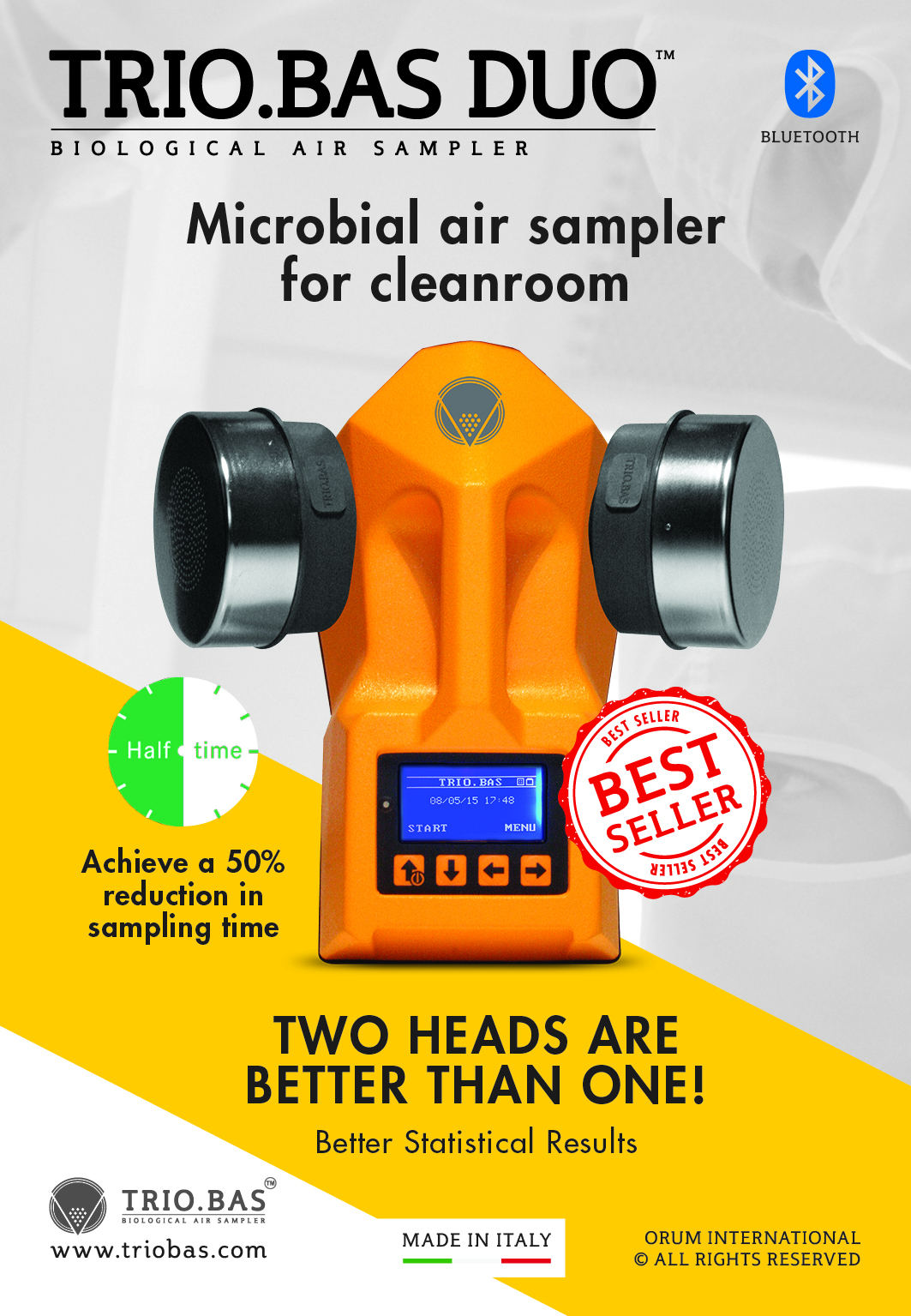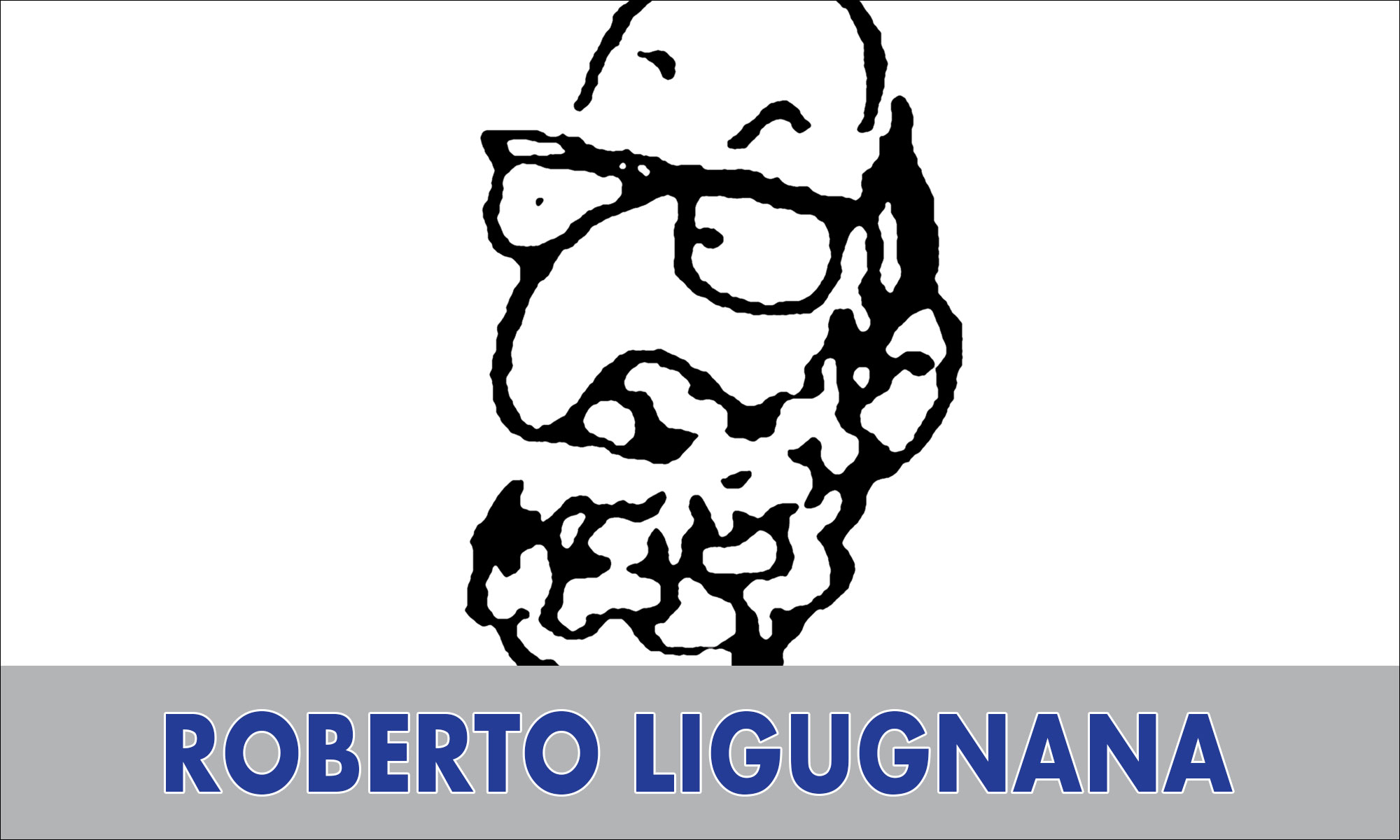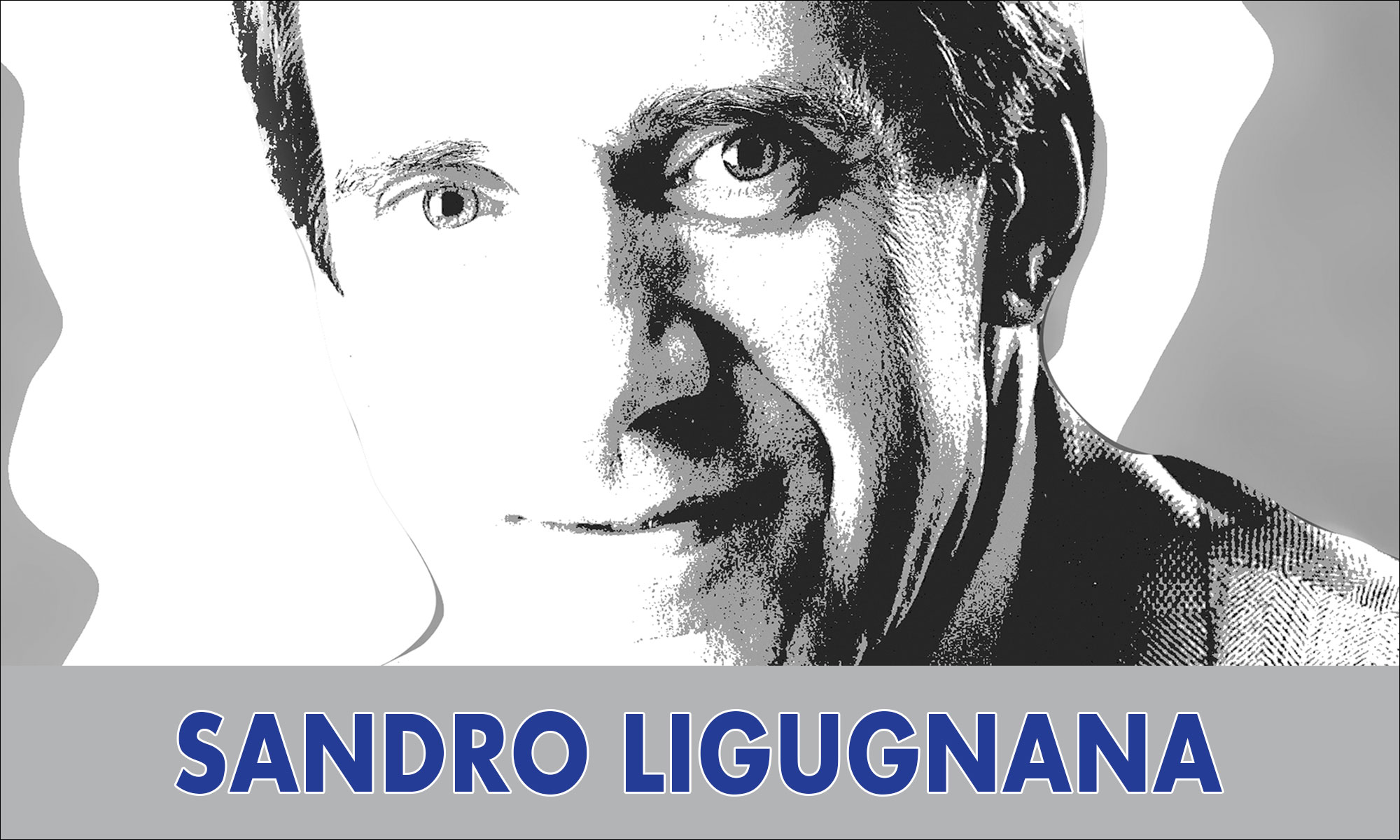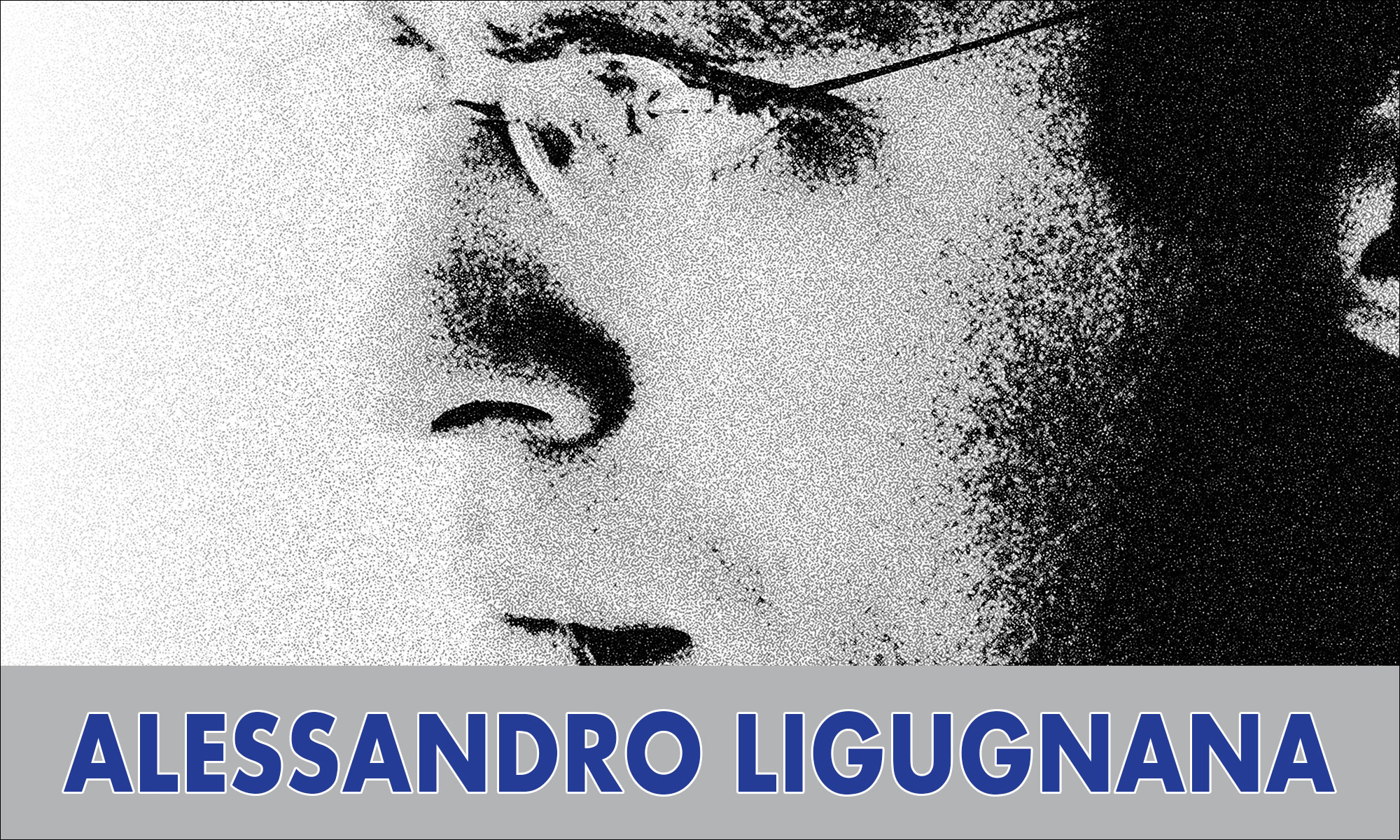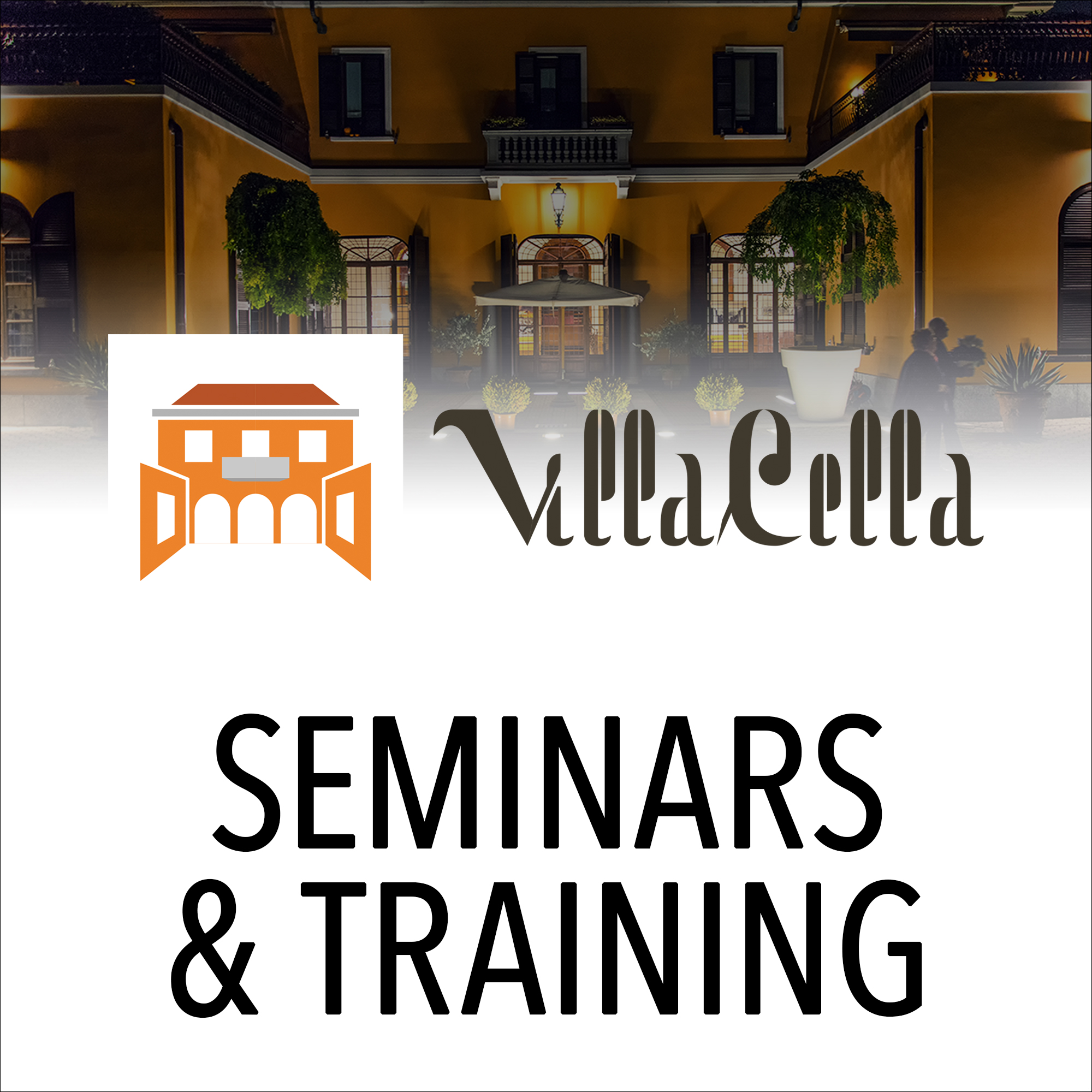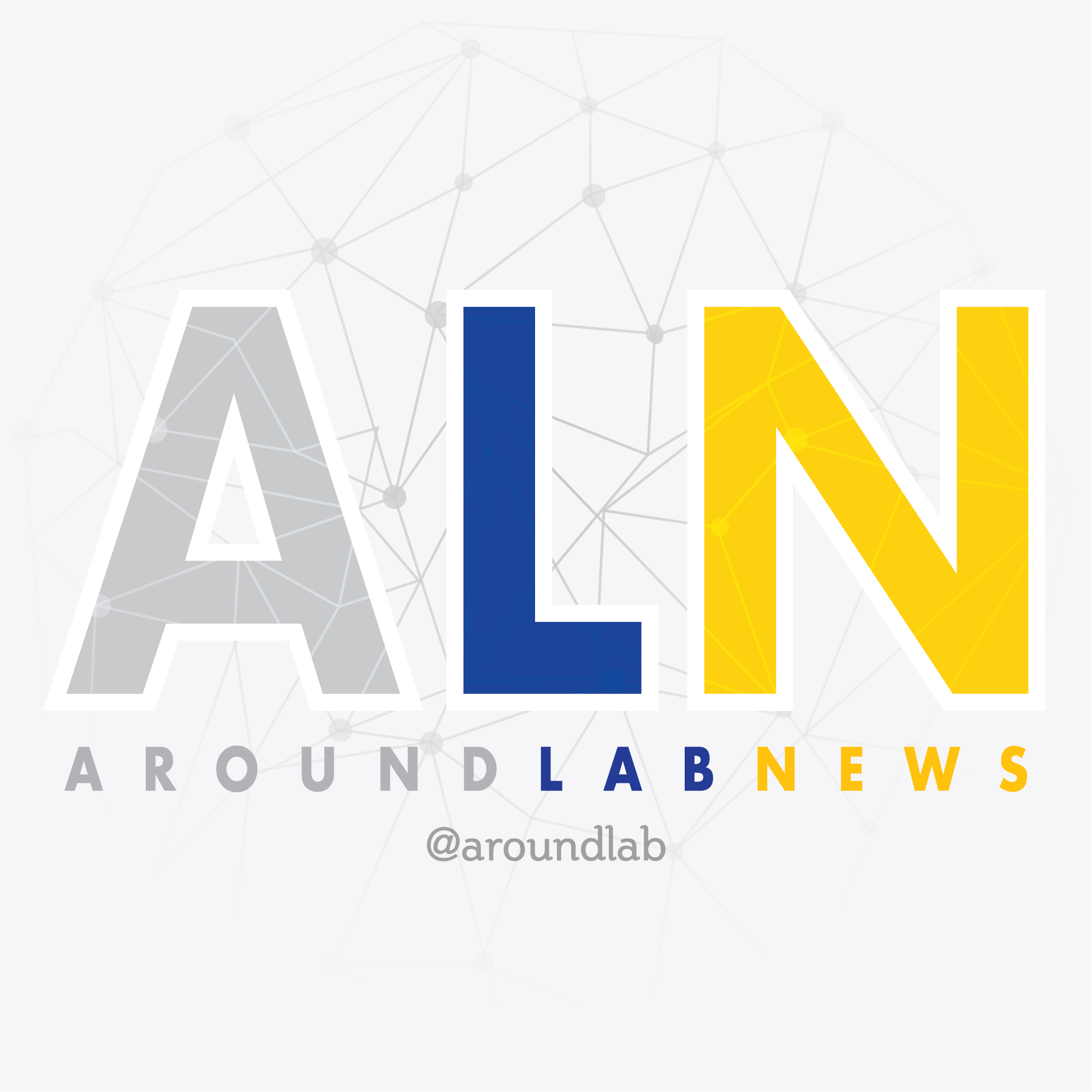About Scientific Papers
Let’s take a look at the typical scientific papers.
Regardless of research details and precise wording, they usually read something like this:
• “We wanted to know which factors are involved in……”
• “The following relevant observations had already been described….”
• “Therefore, we hypothesided that……”
• “To test our hypothesis, we initially performed the experiment shown in figure…..”
• “These results prompted us to further assume that….”
• “The experiments presented in figures 2 and 3 confirmed this suspicion….”
• “Since Miller et al. had observed phenomenon X, we finally suggested factor Y played a key role in inducing the effect….”
• “This assumption was tested in the experiments shown in figures 4 and 5….”
• “Taken together, the results presented confirm our initial hypothesis that….”
• “Therefore, we conclude…..”
Sounds like a really good story, doesn’t it? And in the vast majority of cases that’s exactly what it is: a story! A story in which each aspect coherently leads to the next. A story so elegant, so logical and convincing….. A story, however, that invariably never really happened the way it was portrayed.
If anybody were to write the plain truth, it would probably sound very much like this:
• “When we were studying this, we often obtained the following strange result…..”
• “We had no explanation for it until one day Miller suggested to us that perhaps there could be a connection to that observation…..”
• “Thus, we conducted the following two experiments…..”
• “And indeed, the results provided further evidence for that….”
• “Taking into account the results of Razor et al. and Sharp et al. the following scenario emerged…..”
• “This scenario was finally proven to be real by the next series of experiments…..”
• “Unfortunately, however, those results couldn’t explain the problem that had arisen from the earlier experiment X and Y…..”
• “After pursuing a couple of wrong paths, this problem was finally solved by the following couple of test….”
• “The last issue remaining was now to achieve appropriate histological data in order to make the original research question convincingly clear….”
• “Thus, we went back to our tissue preparation and….”
In short, the all too well-known experiment waffle.
As mentioned, this usually comes very close to the truth behind the vast majority of papers. At the same time, however, it is ghastly read: hard to follow and even more difficult to understand.
Editorial Lab Times 5-2009 – Page 3 – www.labtimes.org










